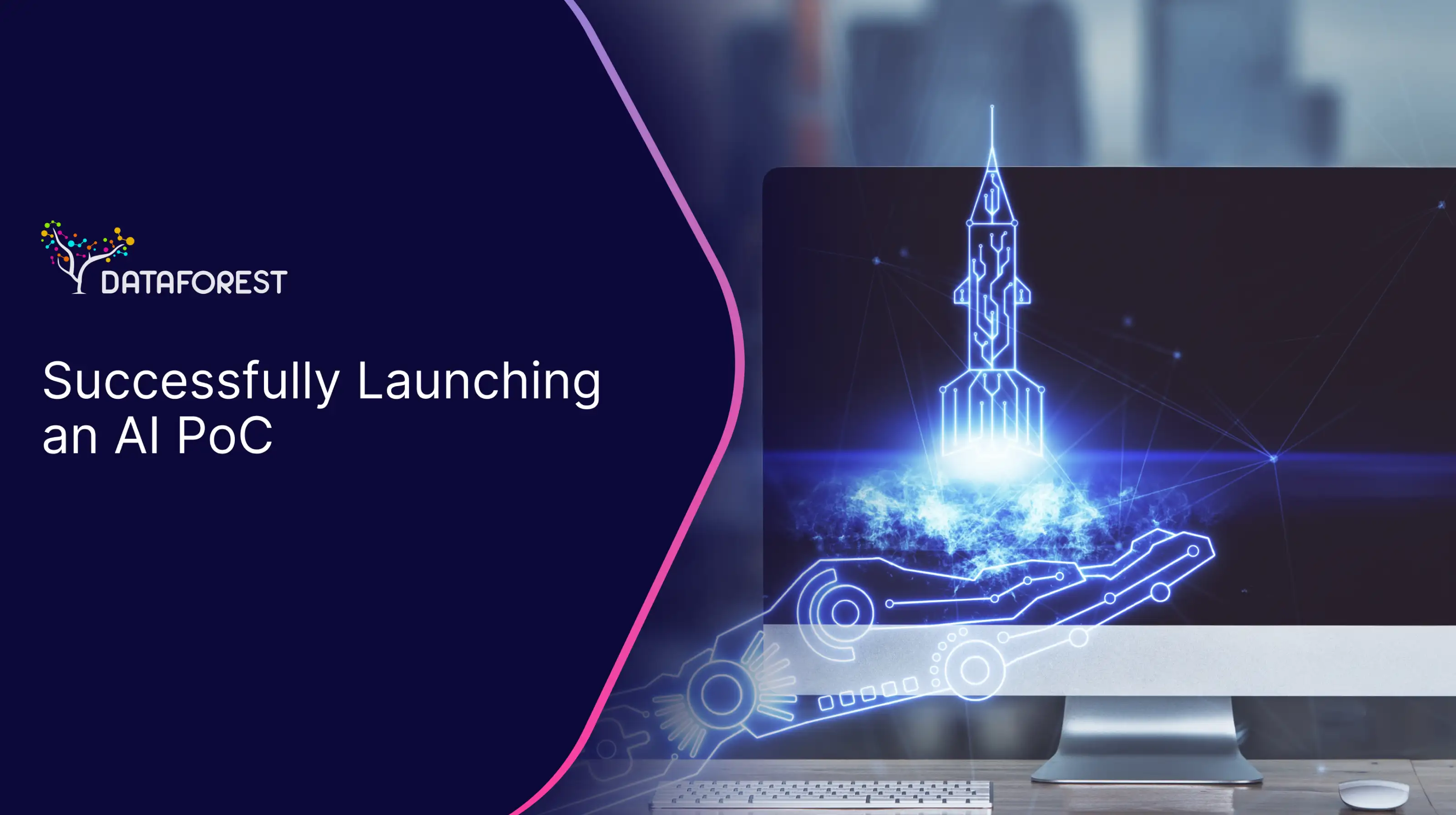Share
Table of contents:

Secrets management refers to the processes, technologies, and practices used to securely manage sensitive information (referred to as "secrets") such as passwords, API keys, tokens, encryption keys, and certificates. These secrets are necessary for authenticating and authorizing access to systems, applications, and services. The goal of secrets management is to protect this sensitive data from unauthorized access while ensuring that it is accessible to systems and applications that require it for their normal operation. Secrets management is a critical component of security, particularly in DevOps, cloud computing, and microservices architectures, where automated systems need to securely access resources.
Main Characteristics
- Secrets: A secret is any confidential data that must be kept private to ensure the security of a system or application. Secrets are used for authentication (e.g., user passwords, API keys) and for cryptographic operations (e.g., encryption keys, TLS certificates). Common examples of secrets include:
- API Keys: Strings that allow access to specific APIs.
- Database Credentials: Usernames and passwords needed to access databases.
- OAuth Tokens: Tokens used in OAuth authentication to access resources on behalf of a user.
- SSH Keys: Cryptographic keys used for secure access to servers.
- TLS/SSL Certificates: Certificates used to establish secure connections between clients and servers.
- Storage: One of the primary functions of secrets management is the secure storage of secrets. Secrets should never be stored in plain text in source code, configuration files, or version control systems like Git. Instead, secrets are stored in encrypted vaults or dedicated secrets management systems that ensure they are protected from unauthorized access. Encryption ensures that even if a storage system is compromised, the secrets themselves remain protected.
A common formula for encryption of secrets might involve symmetric or asymmetric encryption methods:
Encrypted_Secret = Encrypt(Secret, Key)
Where `Encrypt()` represents the encryption function, `Secret` is the data being encrypted, and `Key` is the cryptographic key used in the encryption process.
- Access Control: Controlling access to secrets is crucial. Secrets management systems implement fine-grained access control mechanisms, ensuring that only authorized users, services, or applications can access specific secrets. Role-Based Access Control (RBAC) or Attribute-Based Access Control (ABAC) models are often used to determine access permissions.
A simplified representation of access control could look like:
Access_Allowed = (User_Role == Required_Role) AND (Time_Constraints == True)
Here, `User_Role` is the role of the entity requesting access, and `Required_Role` is the role necessary to access the secret. Additional constraints, such as time-based access restrictions, may also be applied.
- Rotation: Secret rotation refers to the process of periodically changing secrets (e.g., passwords or API keys) to reduce the risk of them being compromised. Automated secrets management systems often have built-in mechanisms to rotate secrets on a schedule, minimizing the exposure of secrets to unauthorized access over time. During rotation, the old secret is replaced with a new one, and any systems that rely on the secret are updated accordingly.
A simple algorithm for rotating secrets might be:
New_Secret = Generate_New_Secret()
Update_System(Old_Secret, New_Secret)
Here, `Generate_New_Secret()` creates a new secret, and `Update_System()` replaces the old secret with the new one across the system.
- Auditing and Monitoring: In addition to storing and rotating secrets, secrets management systems often include auditing and monitoring features. Auditing refers to the tracking of actions related to secrets, such as access, creation, and rotation events. Monitoring systems can detect unusual access patterns, unauthorized attempts to retrieve secrets, or other anomalies. This audit trail is essential for maintaining the integrity of the secrets management process and for compliance purposes.
Audit logs might record actions like:
Access_Log = (User_ID, Secret_ID, Access_Time, Access_Status)
Where `User_ID` is the identifier of the entity accessing the secret, `Secret_ID` identifies the specific secret, `Access_Time` logs the time of access, and `Access_Status` notes whether access was granted or denied.
- Integration with DevOps and CI/CD Pipelines: In modern software development environments, secrets management is closely integrated with DevOps practices and Continuous Integration/Continuous Deployment (CI/CD) pipelines. Automation tools such as Jenkins, GitLab CI, and others often need access to secrets for deploying and testing code. Securely passing secrets to these tools without exposing them in code or logs is critical to maintaining security in the pipeline.
- Zero Trust Architecture: Secrets management is an important component of Zero Trust security models, where no entity inside or outside the network is trusted by default. In this context, every request for access to secrets is authenticated, authorized, and encrypted, regardless of where the request originates.
Secrets management is increasingly essential in cloud-native environments, where applications are distributed across multiple platforms and services. It is also critical in microservices architectures, where many small, independent services interact with each other and often need secure credentials for inter-service communication. Cloud providers, such as AWS, Azure, and Google Cloud, offer their own secrets management services, such as AWS Secrets Manager or Azure Key Vault, allowing organizations to centralize their secret storage and management while ensuring tight security controls.
In summary, secrets management ensures that sensitive data, which is essential for secure communication and system authentication, is stored, accessed, and rotated securely. It reduces the risk of data breaches by protecting secrets through encryption, access control, auditing, and integration with automated systems, thereby enabling secure and scalable operations in modern IT infrastructures.











